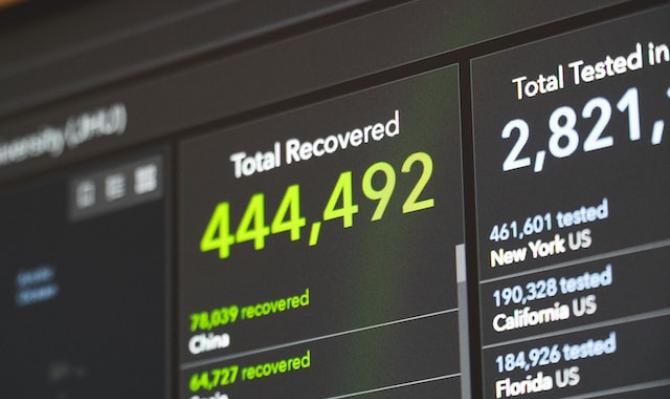The post-pandemic Spanish economy
Three and a half years later, Spain’s GDP has finally recovered to the pre-pandemic level. However, the recovery of the Spanish economy has not occurred in unison: some aspects have improved more quickly, while others are lagging further behind.

The Spanish economy of today is very different from that of late 2019, prior to the outbreak of the pandemic. Three and a half years later, GDP has now recovered the level it had then. The latest estimates by the National Statistics Institute suggest that it surpassed this threshold in Q2 2023, finally standing 0.4% higher. But the recovery has not occurred in unison. Some aspects have recovered more quickly and are now in a much better position than before. Others, on the other hand, are lagging further behind. Today the Spanish economy is more competitive and internationalised, and there is less wage inequality between citizens. However, Spaniards as a whole have not yet recovered pre-pandemic consumption levels, while investment has performed rather poorly.
The excellent state of exports of goods and services is clearly a positive development. The figures speak for themselves. Despite registering a sharp decline in Q2 due to the difficult international context, they remain 8.2% above pre-pandemic levels. The strength of the foreign sector is the result of a pattern of improvement that goes back many years, which began after the global financial crisis of 2008 and took hold during the subsequent recovery. But the resistance it has exhibited during the pandemic, first in the face of the collapse of one of the country’s main export sectors – tourism – and later amid the energy crisis, has surprised everyone.
This is largely a result of the continued gains in international competitiveness, which are reflected, for example, in the increase in the country’s share of exports relative to direct competitors such as France, Germany and Italy. These figures could be better still if investment in R&D&i were increased or if the obstacles that limit the growth of the most productive companies were removed. Despite the improvement of recent years, there is still some way to go.
Investment and household consumption, meanwhile, are still lagging below their pre-pandemic levels. In the case of investment, the trajectory of recent years does not invite optimism. After all, the economy’s medium and long-term growth capacity depends largely on its evolution. But at times like the present, when technological change – as well as climate change – requires us to galvanise a profound transformation of the economy, its weak trajectory is even more alarming. Although we did see a notable increase in investment in Q2 2023 – specifically, up 4.6% compared to Q1 2023 – it still lies 0.8% below the pre-pandemic level, with investment in equipment standing 3.5% below. These figures stand in contrast with those of the US, where investment is already 3.5% higher, or France, up 4.5% versus 2019. On the other hand, in Germany, where the industrial sector has been hit hard by the energy and automotive crises, investment has also remained weak and is still 2.0% below pre-pandemic levels.
As for consumption, it is 3.4% below the level of late 2019. The loss of purchasing power caused by the inflation rally in 2022 stopped its recovery in its tracks, and it even fell more than 3% between the end of 2022 and the beginning of 2023. In recent months, inflation has fallen back below the rate of wage growth, allowing a certain recovery in workers’ purchasing power, and in Q2 consumption resumed positive growth rates, registering a 1.6% quarter-on-quarter increase. In any case, the loss of purchasing power that has accumulated over the last few years remains all too noticeable. Since the end of 2019, the consumer price index has increased by just over 15% and that of food, by 27%, while wage income has grown by 8.1%, according to CaixaBank Research’s real-time wage indicator. Over the coming years, wage rises are likely to remain somewhat above inflation, which should enable a recovery of purchasing power without eroding the gains in competitiveness.
Despite this difficult context, one encouraging development is the notable reduction in wage inequality that has taken place in recent years. According to CaixaBank Research’s real-time indicator, the Gini index, which measures wage income inequality, in July of this year it stood more than 2 points below the level of 2019. In addition, the improvement is widespread across the board, both by region and by workers’ age, gender and origin. Undoubtedly, the good performance of the labour market in recent quarters has played a key role in reducing inequality. But the slowdown it has recently suffered, with a quarterly growth rate in the number of registered workers that has gone from 1.4% in Q2 to just 0.1% in Q3 to date, will have to be closely monitored over the coming months in order, among other things, to assess how it impacts inequality.



